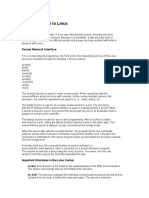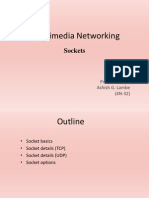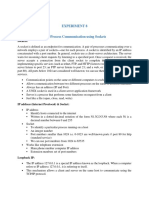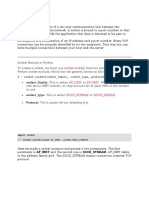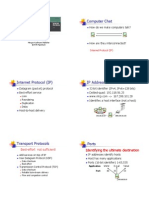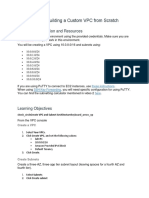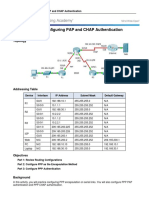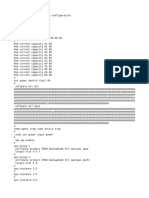0% found this document useful (0 votes)
105 views8 pagesTCP Iterative
The document is a lab manual for a course on Computer Communications and Networks, focusing on TCP client-server communication and socket programming. It outlines the objectives, TCP concepts, the 3-way and 4-way handshake processes, and provides details on socket API functions necessary for implementing a TCP iterative server. Additionally, it includes lab tasks that require students to run server-client code, encrypt and decrypt data, and implement TCP communication following specified requirements.
Uploaded by
MOHSIN AKRAMCopyright
© © All Rights Reserved
We take content rights seriously. If you suspect this is your content, claim it here.
Available Formats
Download as PDF, TXT or read online on Scribd
0% found this document useful (0 votes)
105 views8 pagesTCP Iterative
The document is a lab manual for a course on Computer Communications and Networks, focusing on TCP client-server communication and socket programming. It outlines the objectives, TCP concepts, the 3-way and 4-way handshake processes, and provides details on socket API functions necessary for implementing a TCP iterative server. Additionally, it includes lab tasks that require students to run server-client code, encrypt and decrypt data, and implement TCP communication following specified requirements.
Uploaded by
MOHSIN AKRAMCopyright
© © All Rights Reserved
We take content rights seriously. If you suspect this is your content, claim it here.
Available Formats
Download as PDF, TXT or read online on Scribd
/ 8












